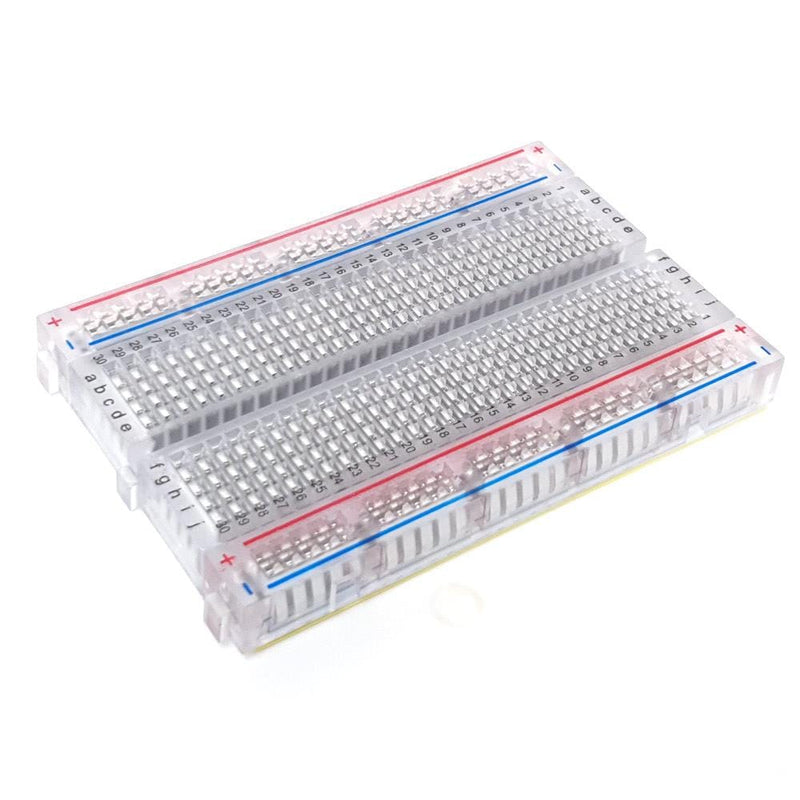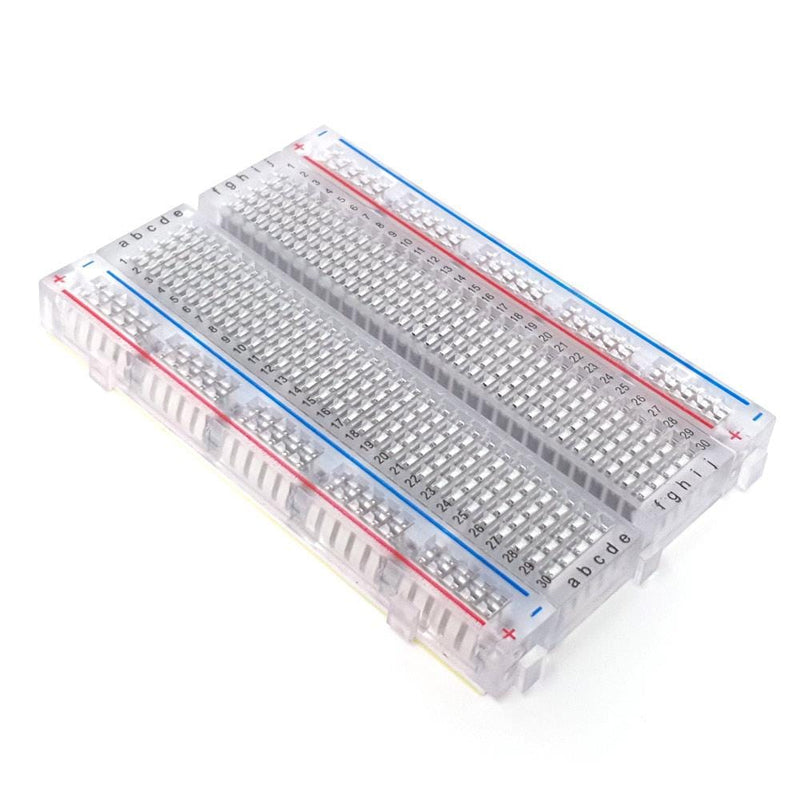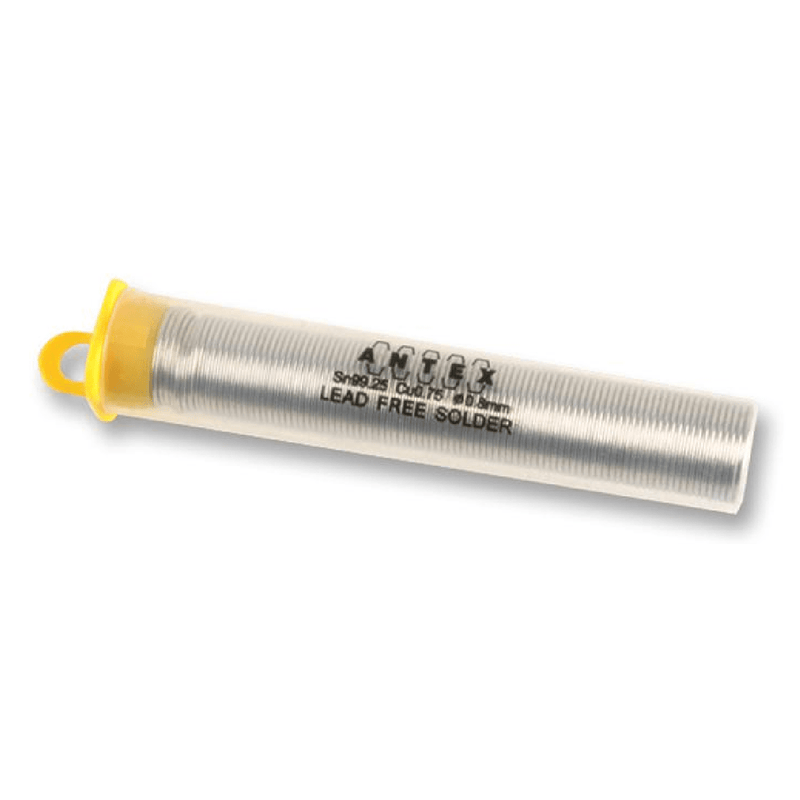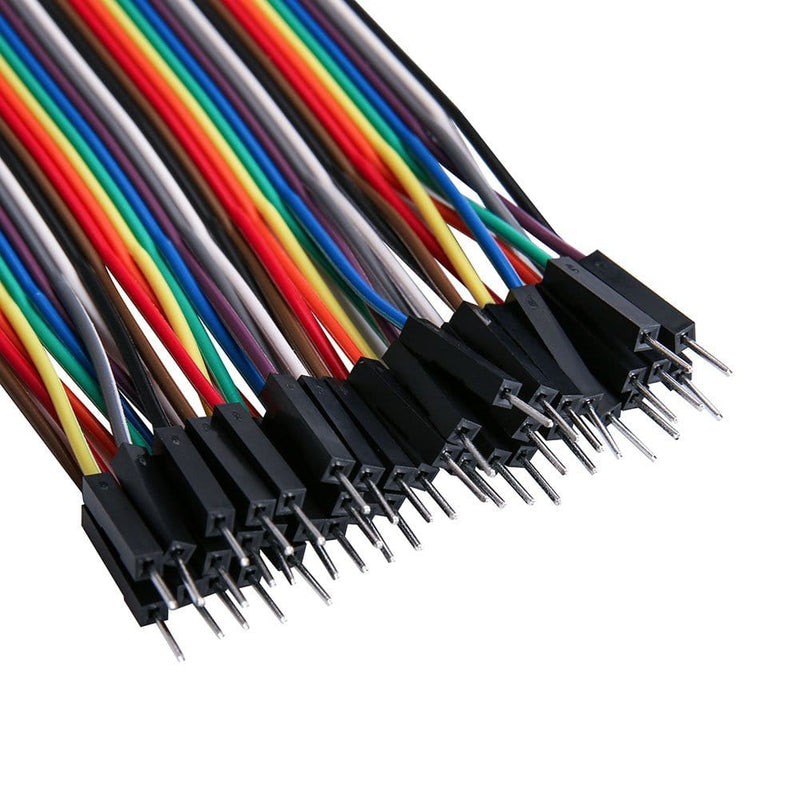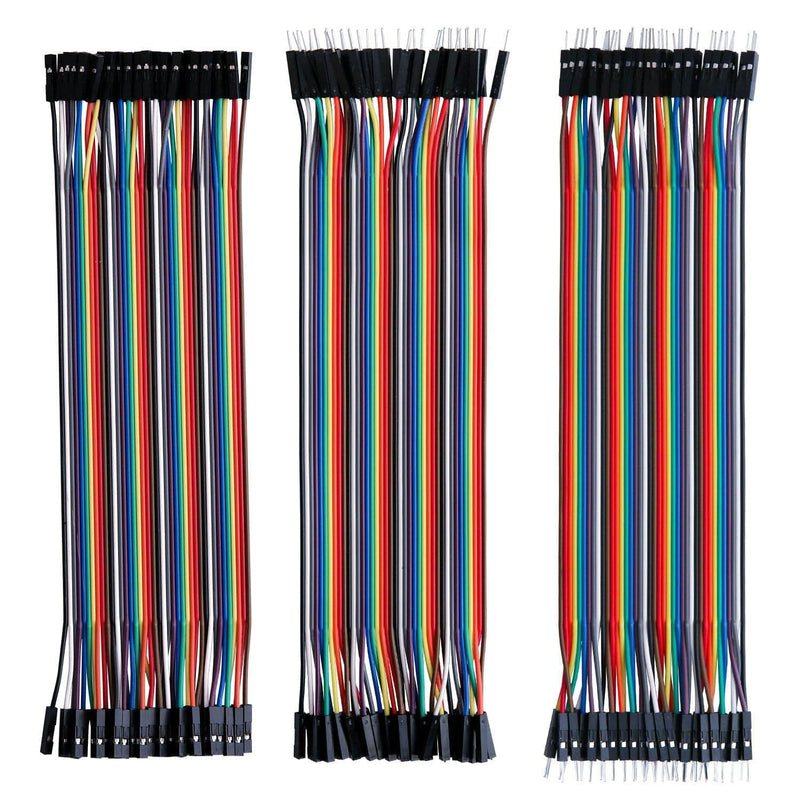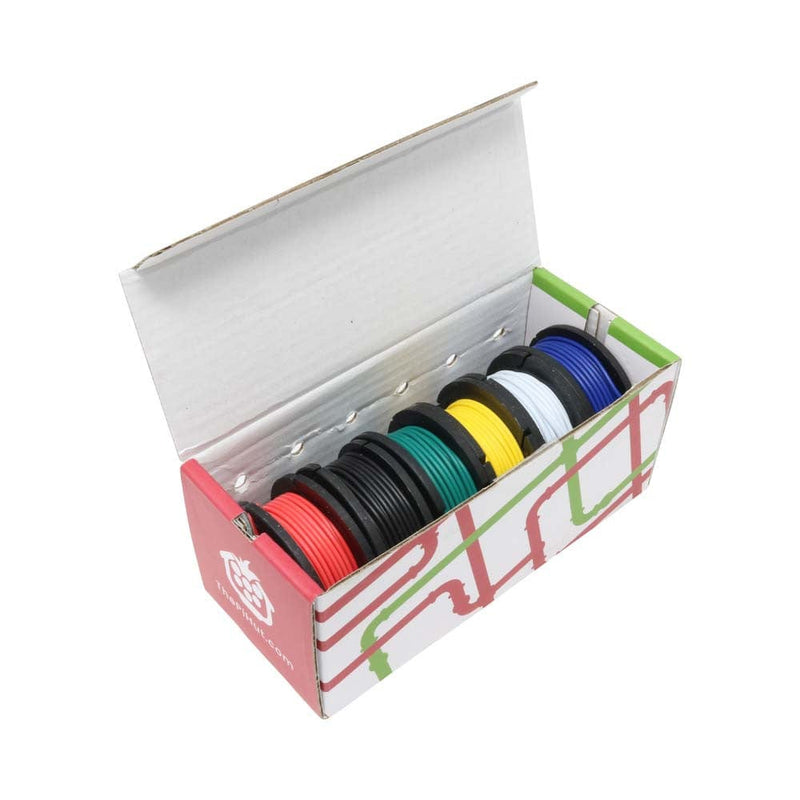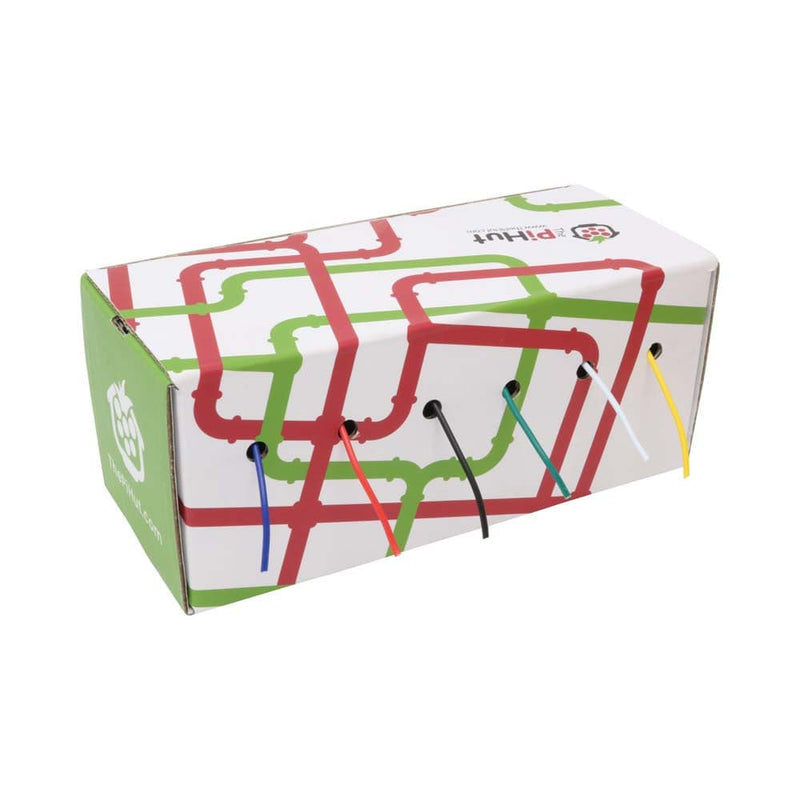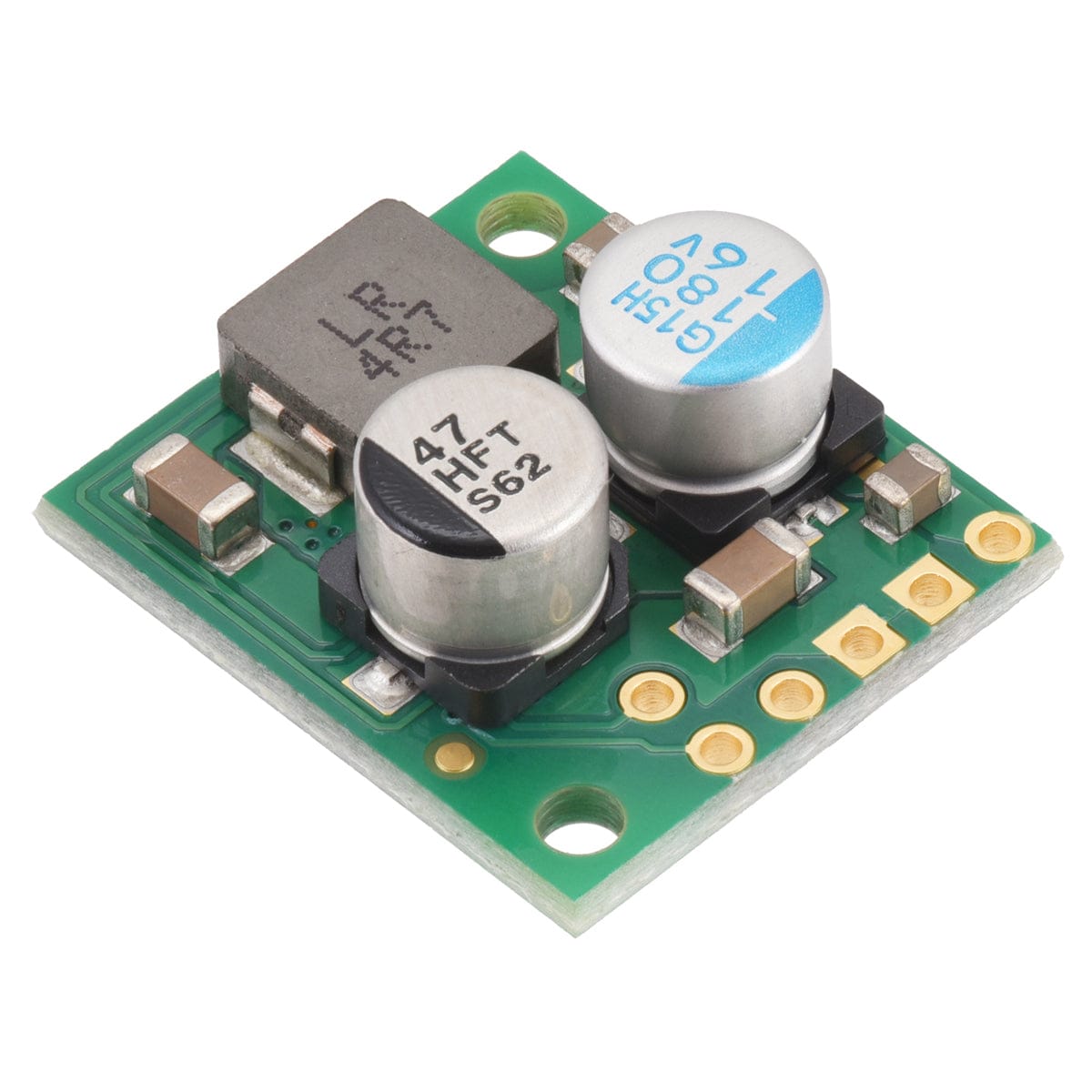
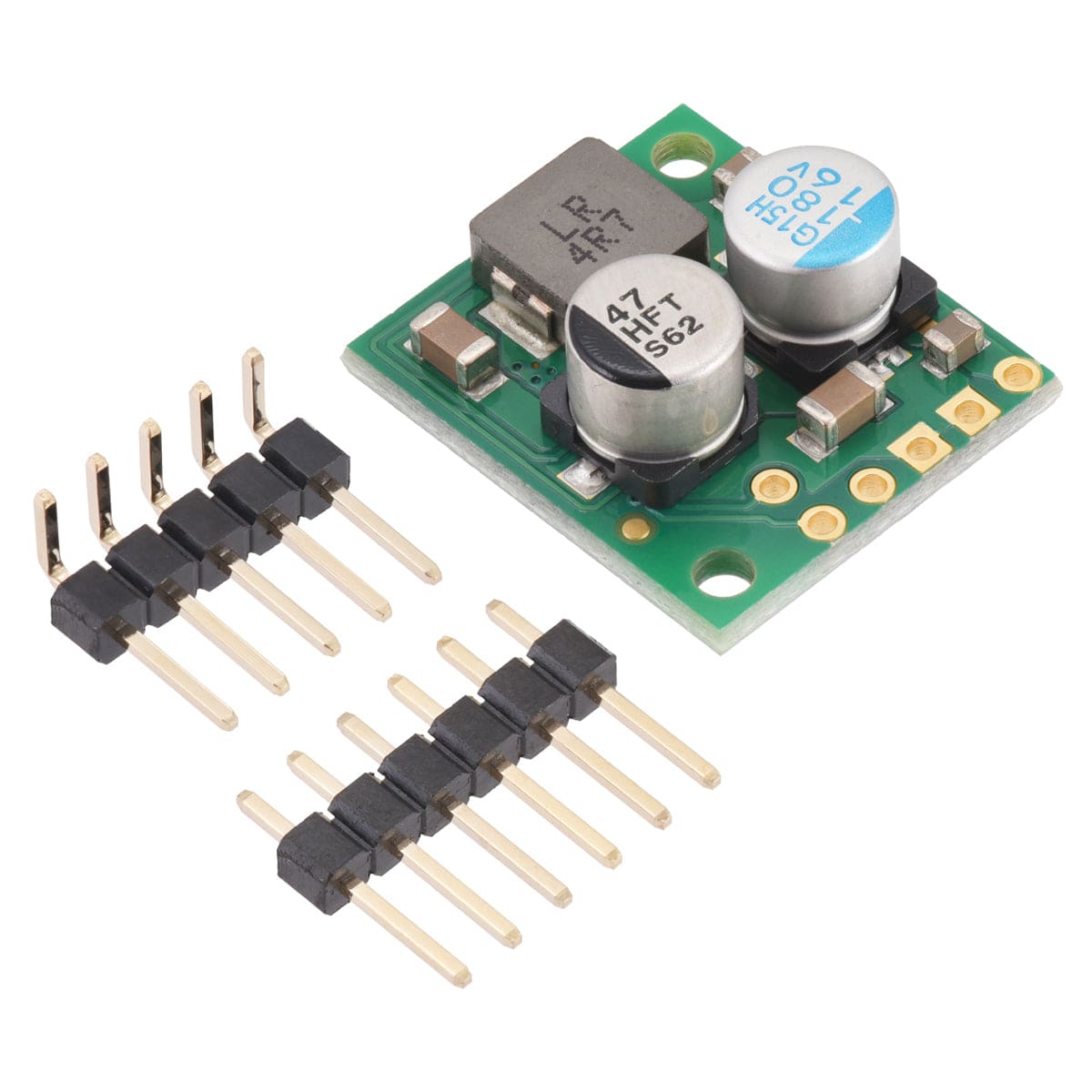
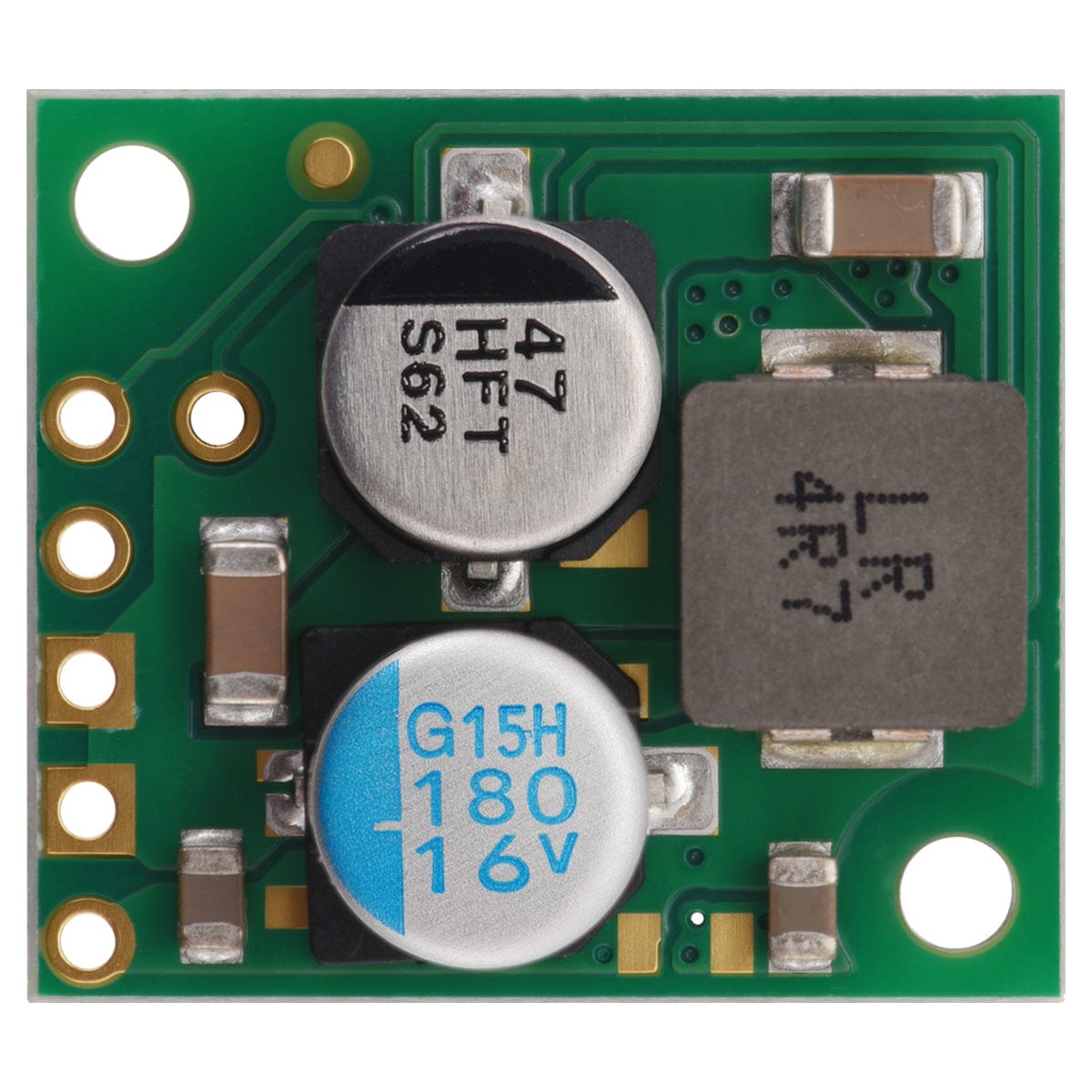
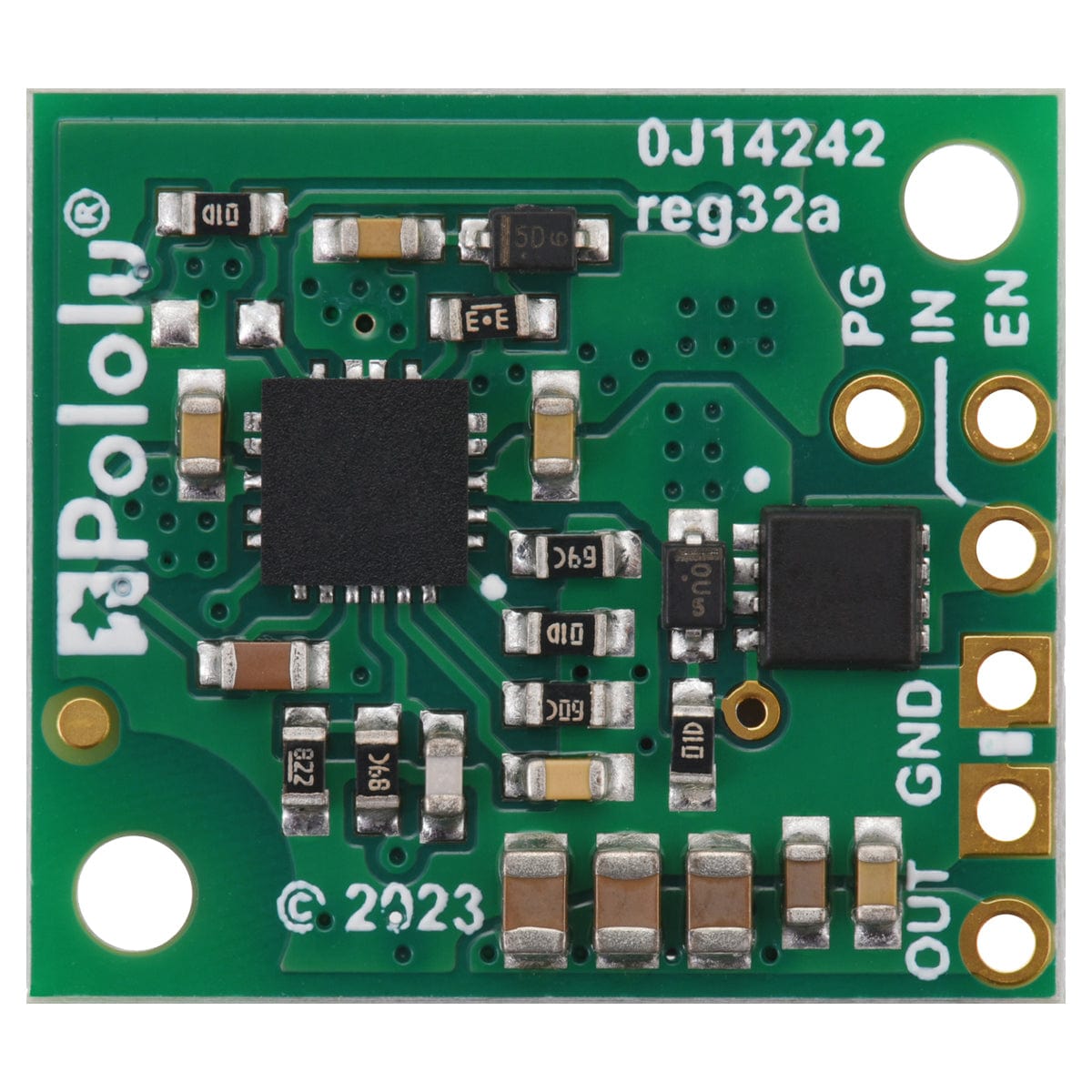
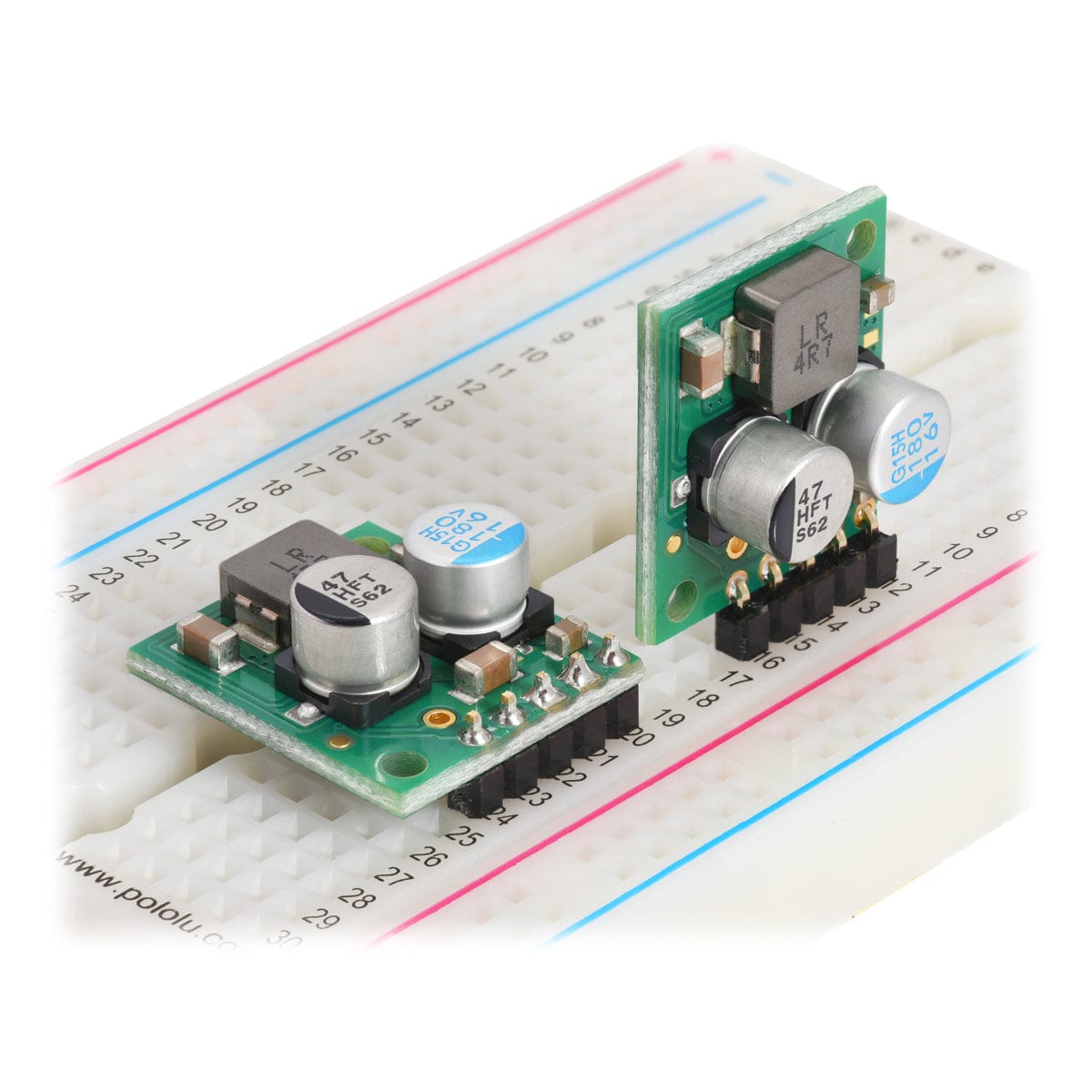
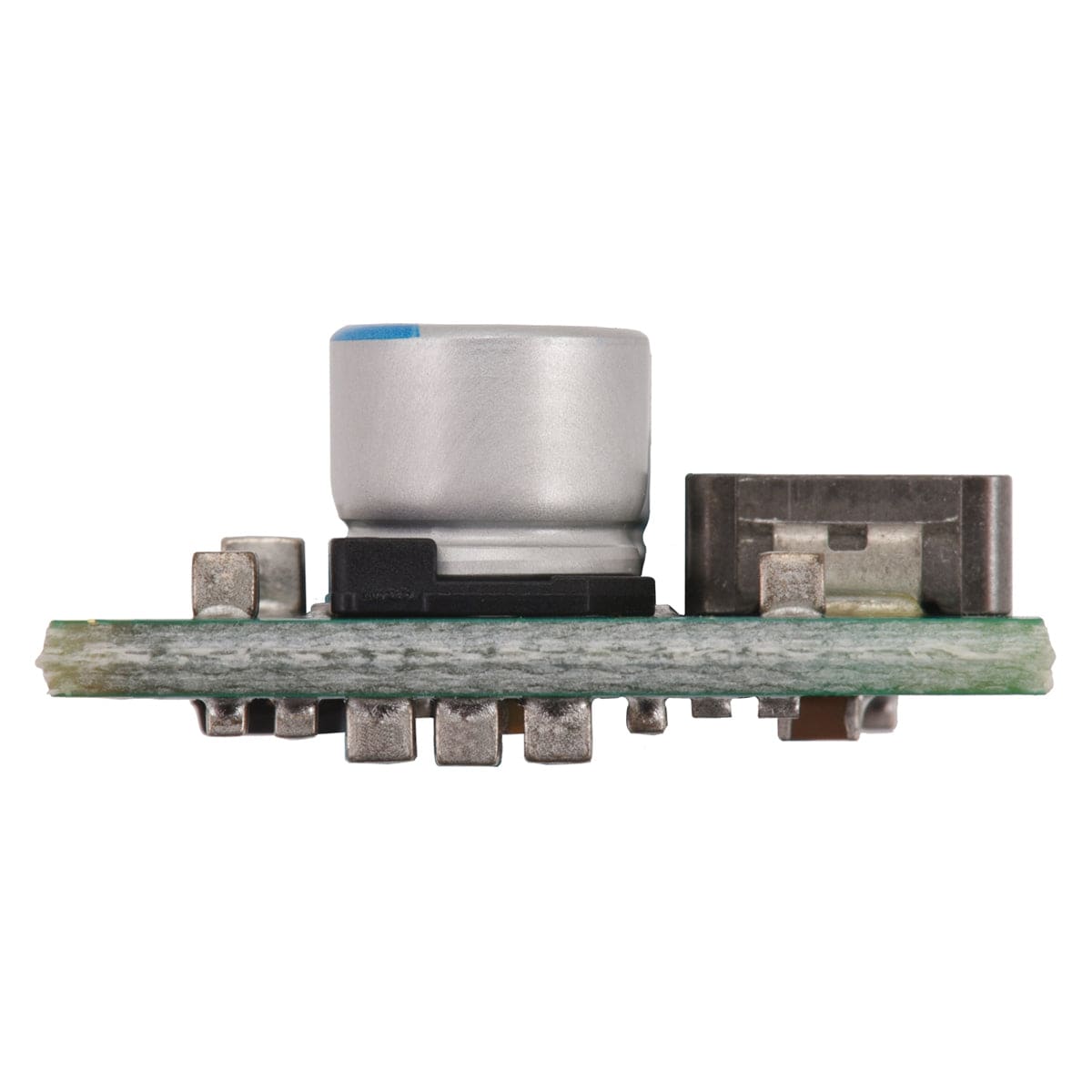
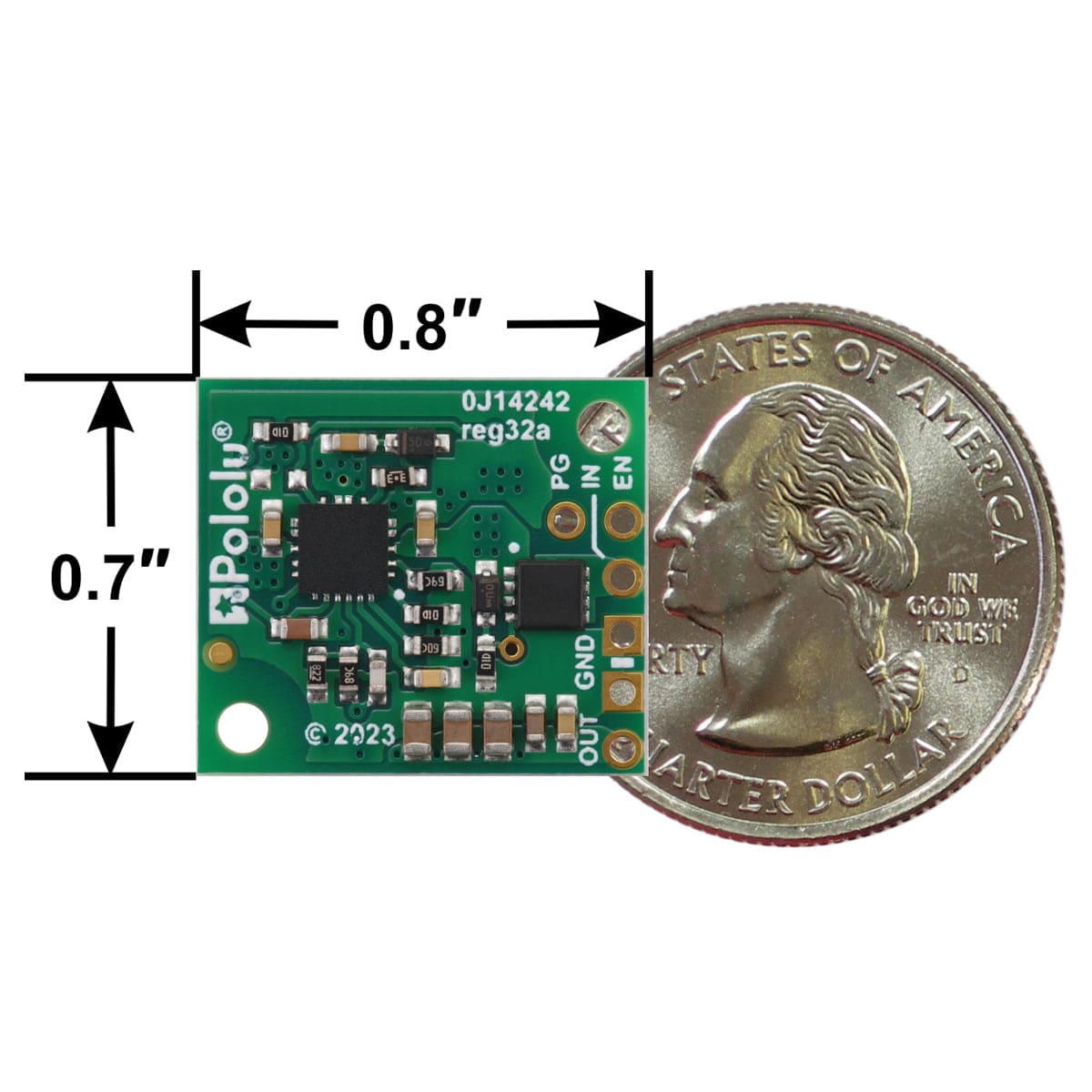
Login / Signup
Cart
Your cart is empty
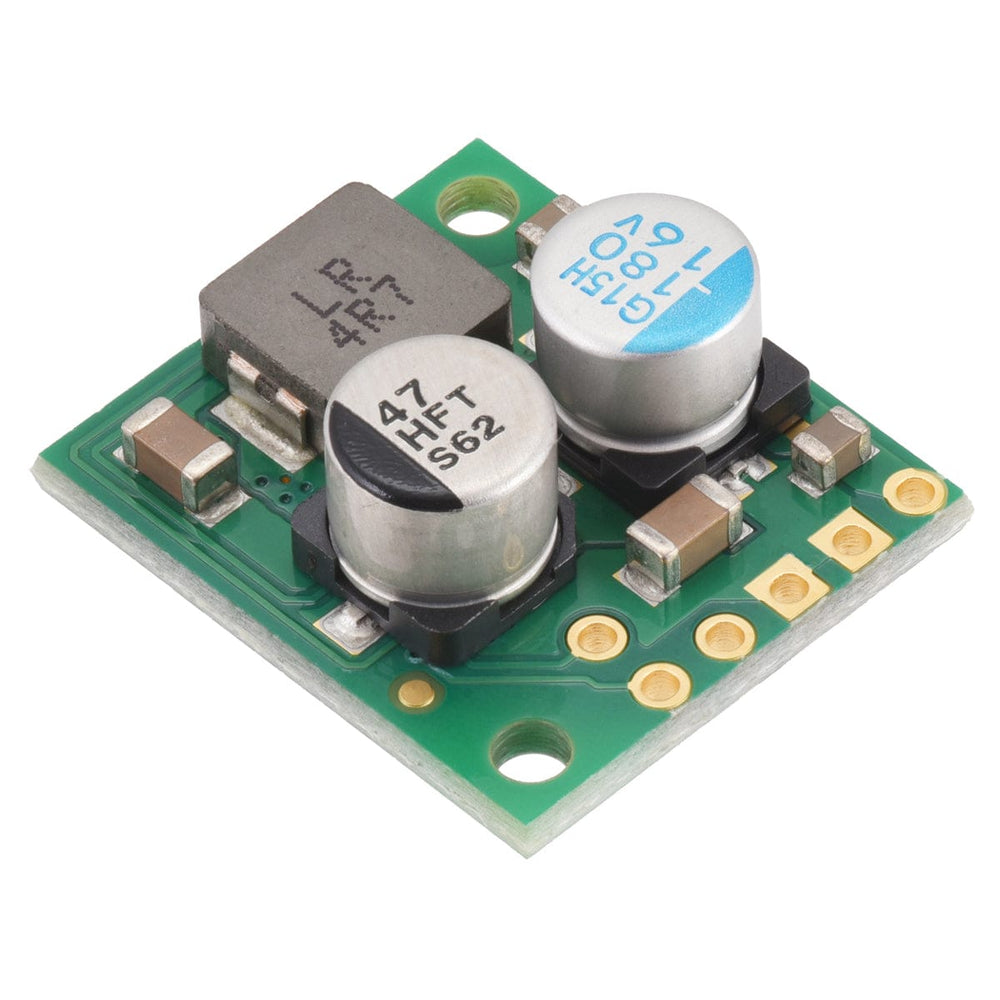
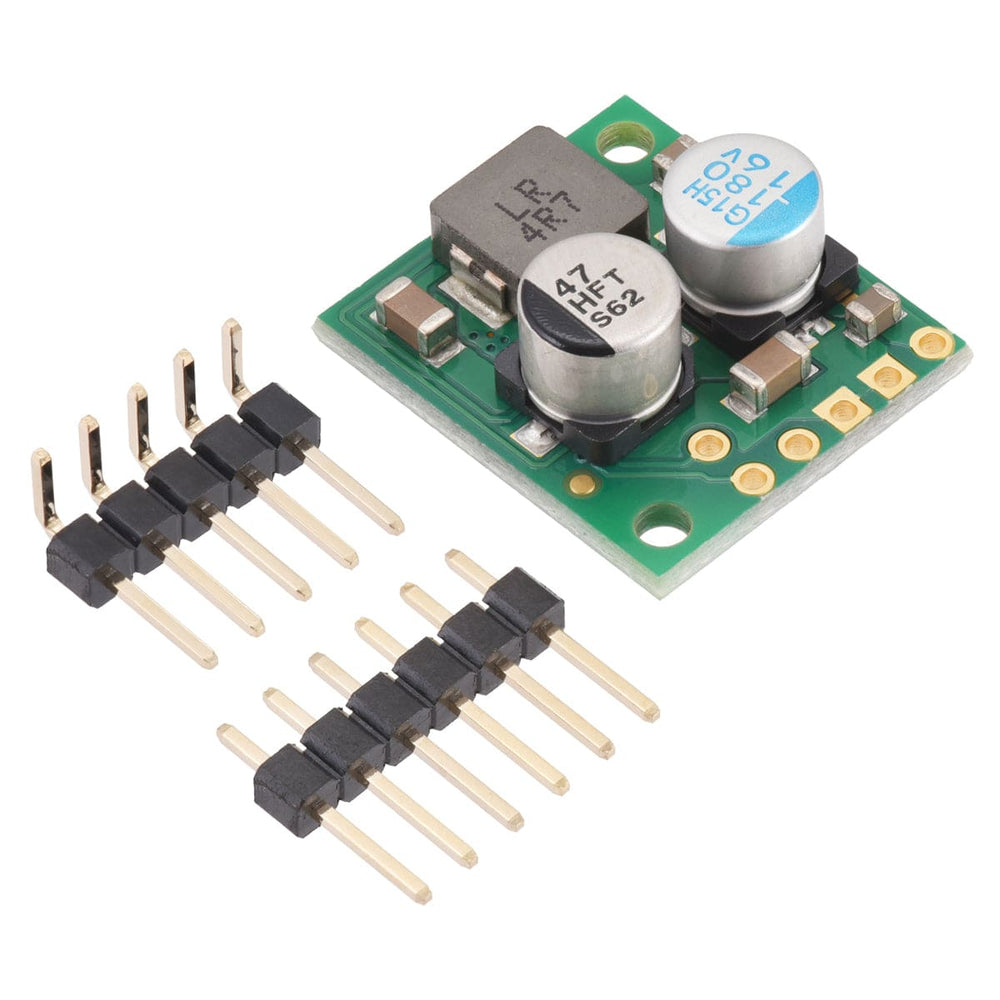
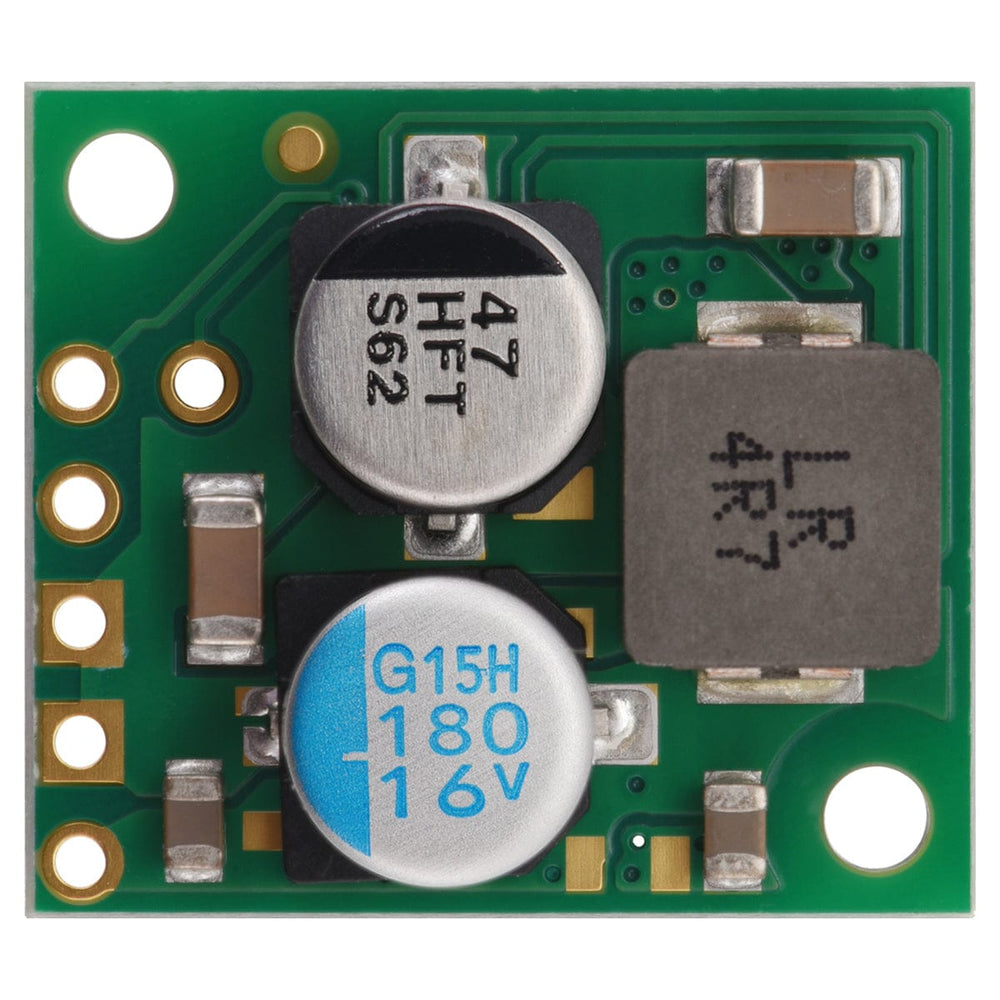
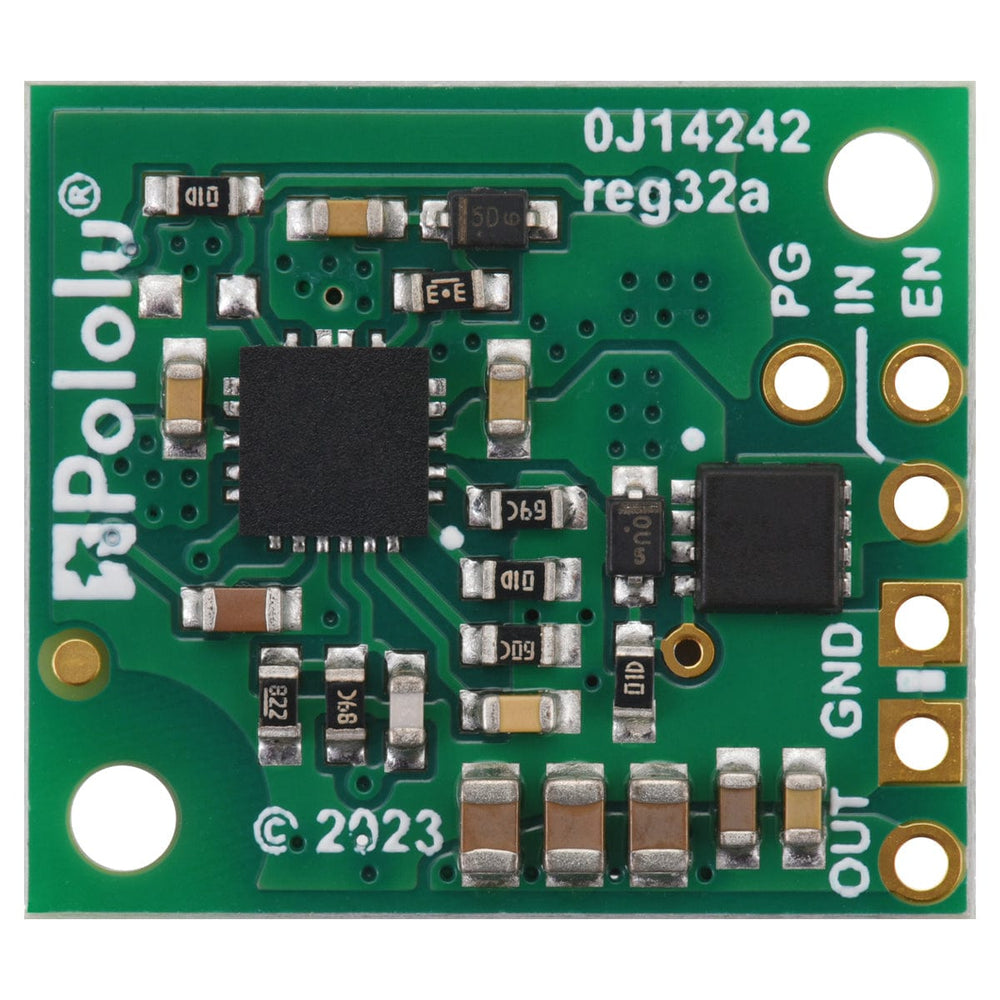
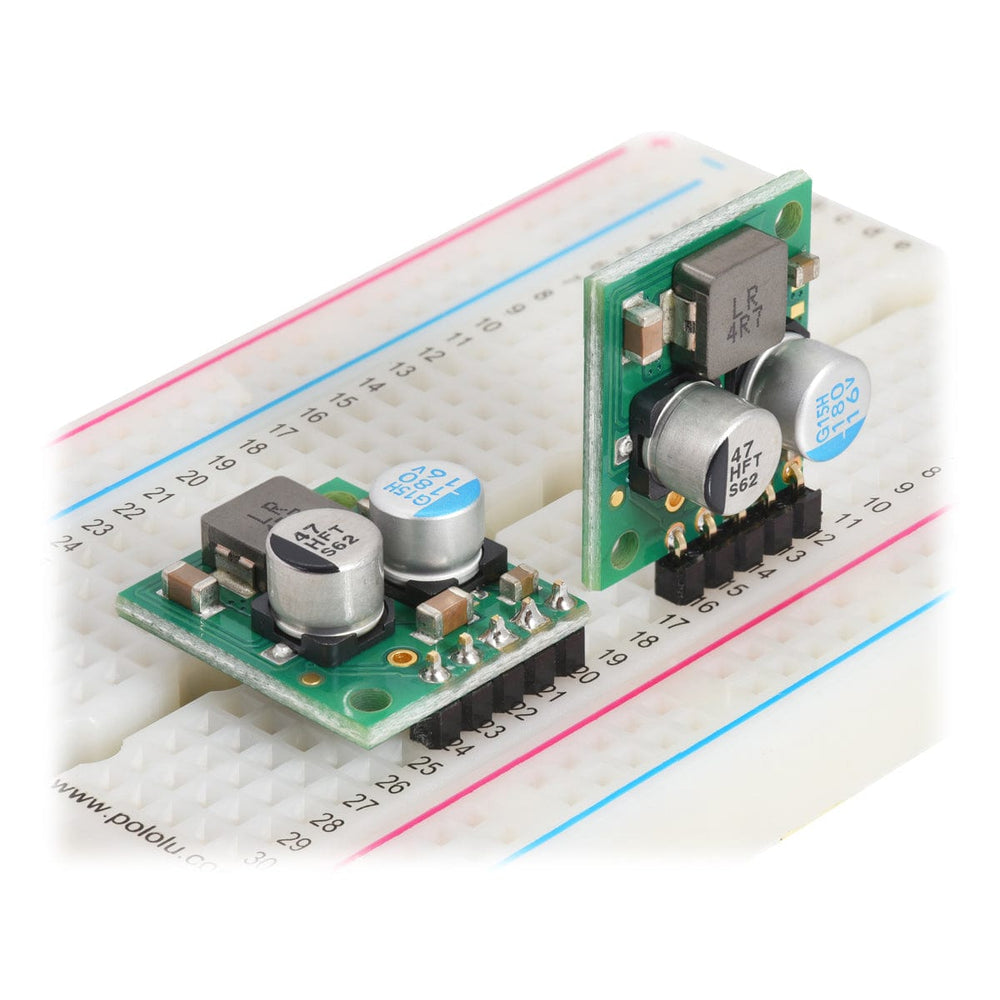
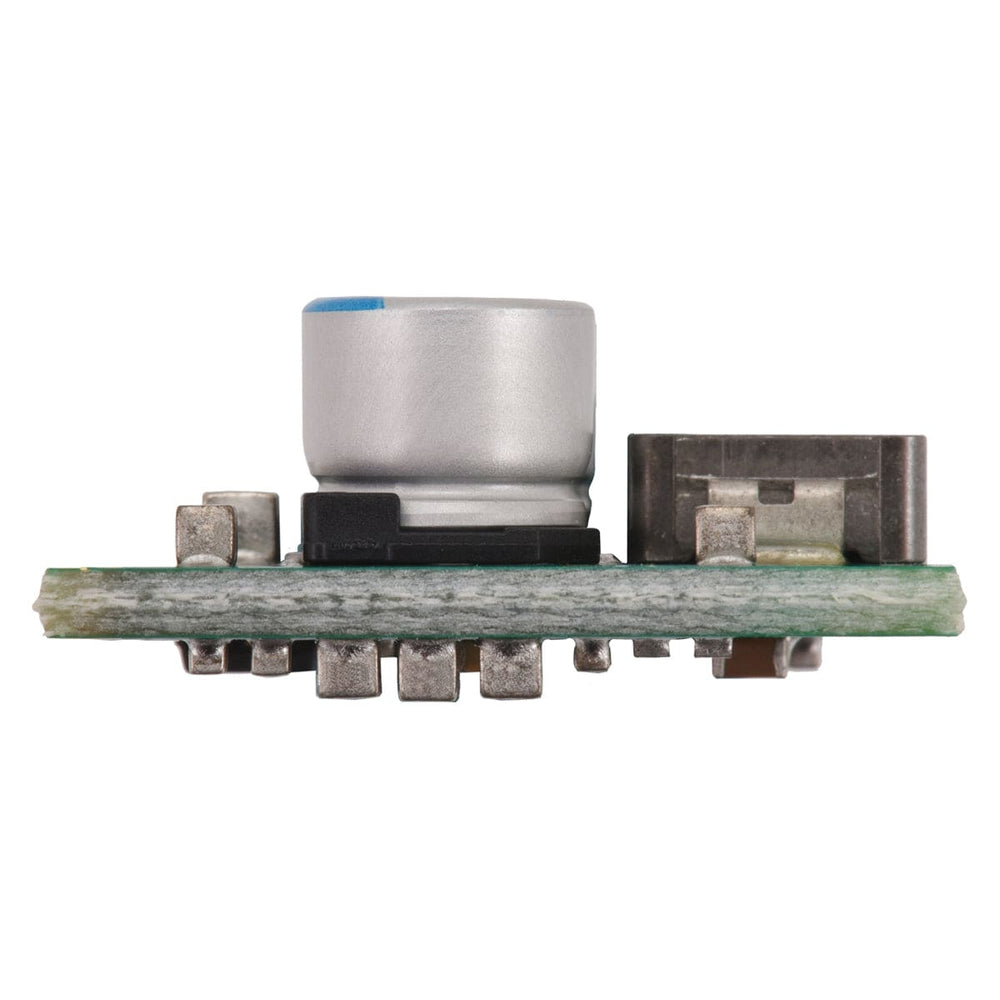
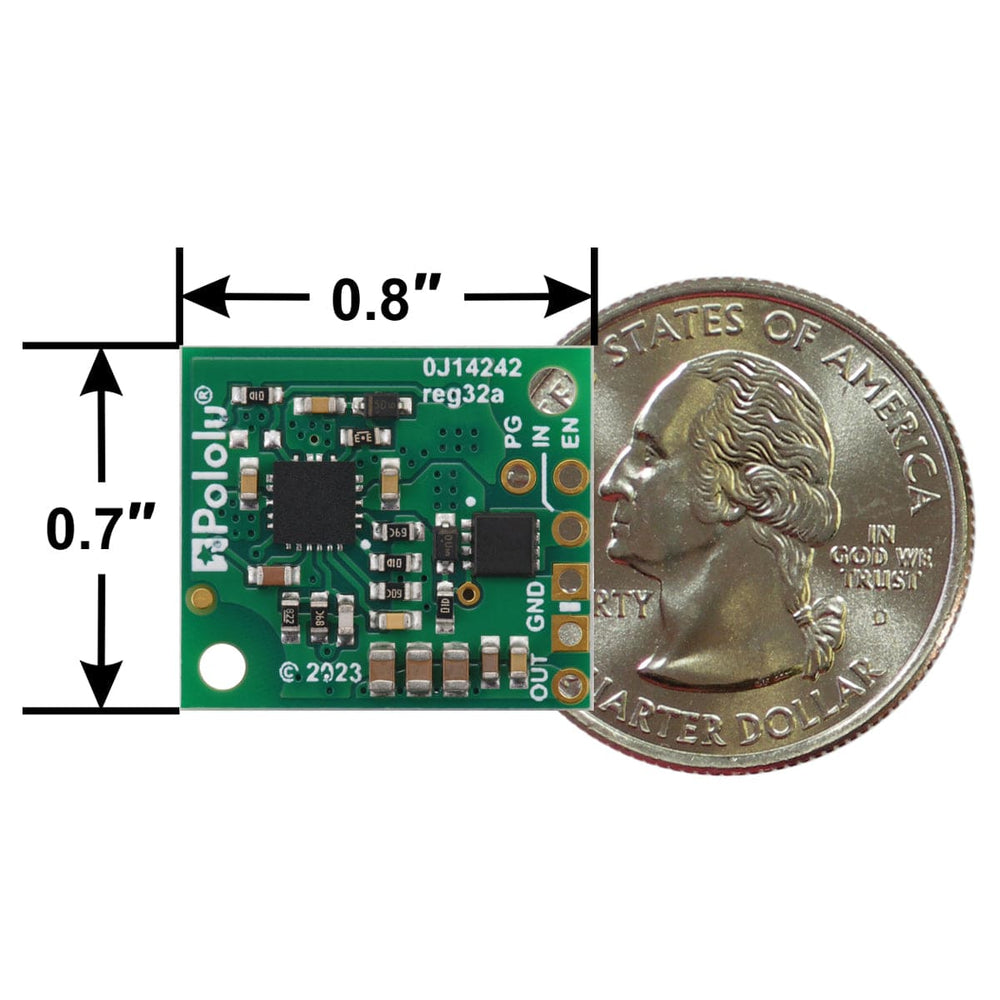
The Pololu D30V3x line of synchronous buck (step-down) voltage regulators generates lower output voltages from input voltages as high as 45V. They are switching regulators (also called switched-mode power supplies (SMPS) or DC-to-DC converters), which makes them much more efficient than linear voltage regulators, especially when the difference between the input and output voltage is large.
This particular model (D30V30F9) takes an input of 9V to 45V and outputs a fixed 9V with a typical continuous output current of 2.9A. In general, the available output current decreases as the input and output voltages increase.
The regulators have reverse-voltage protection up to 40V, input under-voltage lockout, over-current protection, and short-circuit protection. A thermal shutdown feature also helps prevent damage from overheating and a soft-start feature limits the inrush current and gradually ramps the output voltage on startup.
Warning: During normal operation, this product can get hot enough to burn you. Take care when handling this product or other components connected to it.
| Minimum operating voltage | 9V |
| Maximum operating voltage | 45V |
| Continuous output current | 2.9A |
| Output voltage | 9V |
| Reverse voltage protection? | Y |
| Maximum quiescent current | 13mA |
| Output type | fixed 9V |
| Size | 0.7″ × 0.8″ × 0.35″ |
| Weight | 3.3g |
| PCB dev codes | reg32a |
| Other PCB markings | 0J14242 |
This regulator has six connections: power good (PG), enable (EN), input voltage (VIN), output voltage (VOUT), and two ground (GND) connections.

The “power good” indicator, PG, is an open-drain output that goes low when the regulator’s output voltage either rises more than 7.5% (typical) above or falls more than 9% (typical) below the nominal voltage (with hysteresis). An external pull-up resistor is required to use this pin.
The regulator, which is enabled by default, can be put into a low-power sleep state by reducing the voltage on the EN pin below 0.85 V (typical; the actual threshold can vary between 0.65 V and 1.05 V from unit to unit), and it can be brought out of this state again by increasing the voltage on EN past 1 V (typical). The shutdown current draw in this sleep mode is dominated by the current in the 100 kΩ pull-up resistor from EN to VIN and in the reverse-voltage protection circuit, which altogether will be between 10 µA and 20 µA per volt on VIN. (Note that for high input voltages, the shutdown current draw when it is disabled can be greater than the quiescent draw while enabled; see the quiescent current graph below for more details.)
A low-voltage cutoff can be set by adding an appropriately sized external pull-down resistor between EN and GND. This resistor and the on-board 100 kΩ pull-up would together form a VIN voltage divider with the output connected to EN.
The input voltage, VIN, powers the regulator. Voltages between 3.3 V and 45 V can be applied to VIN, but generally the effective lower limit of VIN is VOUT plus the regulator’s dropout voltage, which varies approximately linearly with the load (see below for graphs of the dropout voltage as a function of the load).
VOUT is the regulated output voltage.
The efficiency of a voltage regulator, defined as (Power out)/(Power in), is an important measure of its performance, especially when battery life or heat are concerns.

The maximum achievable output current of these regulators varies with the input voltage but also depends on other factors, including the ambient temperature, air flow, and heat sinking. The graph below shows maximum output currents that these regulators can deliver continuously at room temperature in still air and without additional heat sinking.
During normal operation, this product can get hot enough to burn you. Take care when handling this product or other components connected to it.

The quiescent current is the current the regulator uses just to power itself, and the graph below shows this for the different regulator versions as a function of the input voltage. The module’s EN input can be driven low to put the board into a low-power state where it typically draws between 10 µA and 20 µA per volt on VIN.

The dropout voltage of a step-down regulator is the minimum amount by which the input voltage must exceed the regulator’s target output voltage in order to ensure the target output can be achieved. For example, if a 5 V regulator has a 1 V dropout voltage, the input must be at least 6 V to ensure the output is the full 5 V. Generally speaking, the dropout voltage increases as the output current increases. The graph below shows the dropout voltages for the different members of this regulator family:

A 6×1 straight male header strip and a 5×1 right-angle male header strip are included with the regulator; one pin of the straight header can optionally be separated with a pair of flush cutters and soldered into PG.
The six connection through-holes are arranged on a 0.1″ grid for compatibility with solderless breadboards, connectors, and other prototyping arrangements that use a 0.1″ grid. The PG connection is the only one not located along the edge of the board.








